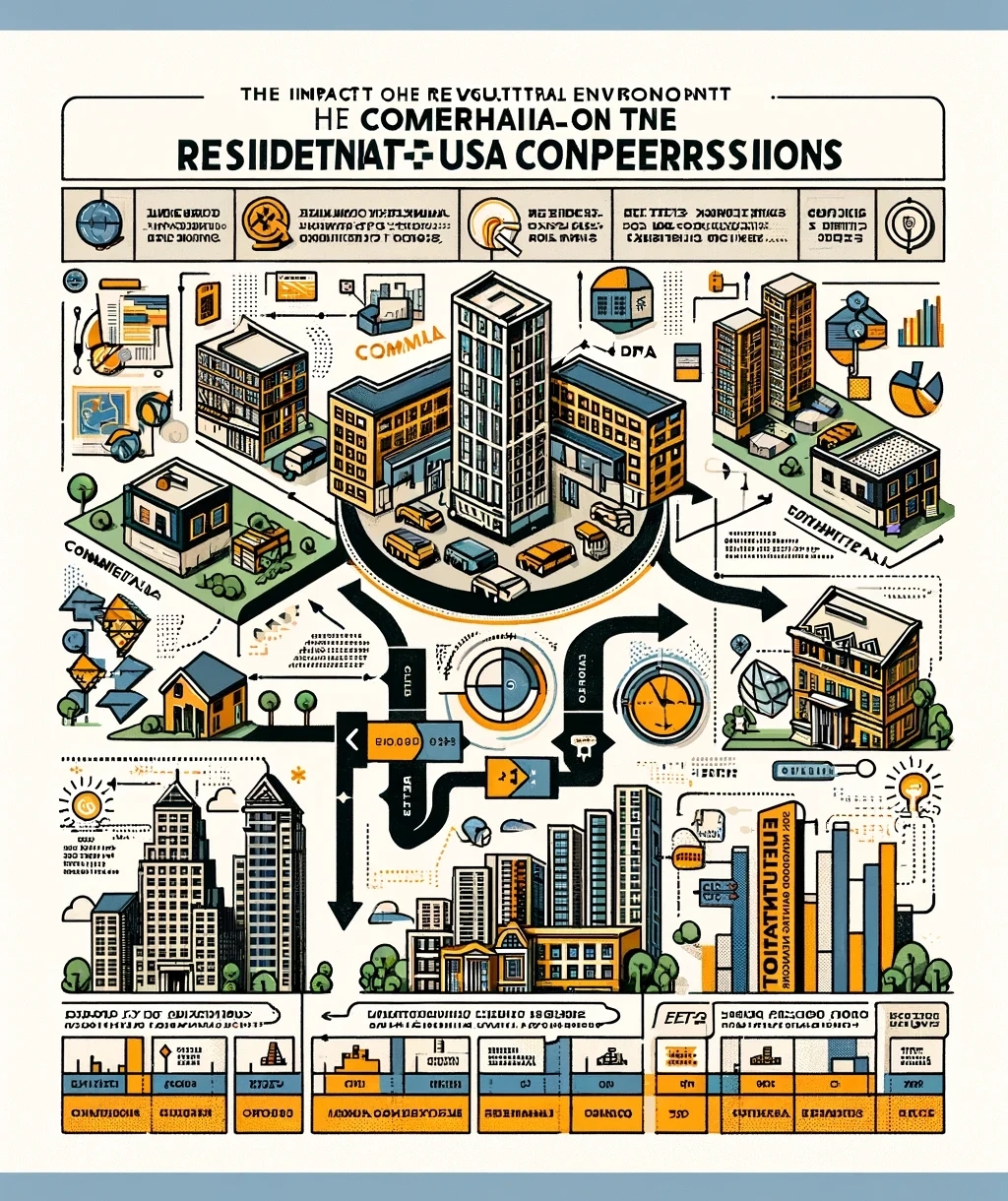
The dynamic interplay between regulatory environments and the real estate sector is pivotal in shaping the landscape of Real Estate Investment Trusts (REITs) and their strategic pivot towards commercial-to-residential conversions. As REITs navigate the complexities of transforming commercial properties into residential or mixed-use spaces, zoning and land-use policies emerge as critical factors that can either propel or impede this transition.
The regulatory framework governing land use and zoning is a tapestry of local, regional, and national directives that dictate the permissible uses of real estate. These regulations are not static; they evolve in response to changing urban needs, societal values, and economic conditions. For REITs, these changes can significantly influence the feasibility, timing, and profitability of conversion projects.
At the heart of the regulatory environment are zoning laws, which segment cities into zones designated for residential, commercial, industrial, or mixed-use purposes. The process of converting a commercial property into residential use often requires a change in zoning designation, a procedure that can be complex, time-consuming, and uncertain. The ease with which zoning changes can be obtained varies widely, influenced by factors such as community sentiment, urban planning goals, and political climate.
Land-use policies also play a critical role in shaping the potential for conversions. These policies encompass a range of regulations, including building heights, density limits, and design standards, all of which can affect the scope and scale of conversion projects. In some cases, land-use policies are crafted to encourage the revitalization of urban areas and may offer incentives for developments that align with broader urban planning objectives, such as increasing housing supply or enhancing sustainability.
However, the regulatory path is not always smooth. In jurisdictions where zoning laws are rigid or the process for obtaining variances is cumbersome, the potential for converting commercial properties into residential spaces can be significantly constrained. Additionally, the need for public consultations and the potential for opposition from community groups or existing residents can introduce further layers of complexity and uncertainty.
For REITs, staying abreast of the regulatory landscape is not merely a matter of compliance; it’s a strategic imperative. Understanding and anticipating changes in zoning and land-use policies can provide a competitive edge, enabling REITs to identify and capitalize on conversion opportunities more effectively. Moreover, active engagement in the regulatory process, through advocacy or participation in public discussions, can help shape a more favorable environment for conversions.
Looking forward, the regulatory environment is likely to continue evolving in response to shifting priorities and challenges, such as the need for more affordable housing or the transition to more sustainable urban development practices. For REITs, the ability to navigate this changing landscape will be a key determinant of success in the commercial-to-residential conversion market.
In conclusion, the regulatory environment is a fundamental factor that shapes the viability and success of commercial-to-residential conversions in the real estate sector. As REITs look to harness the opportunities presented by these conversions, their ability to understand, adapt to, and influence the regulatory framework will be crucial in determining their capacity to thrive in an ever-evolving real estate market.